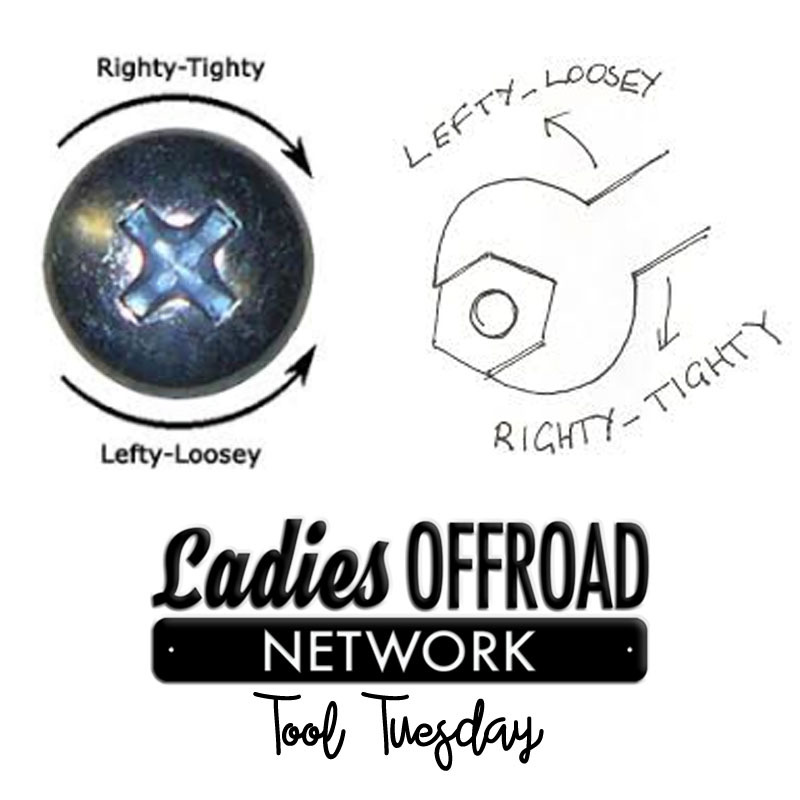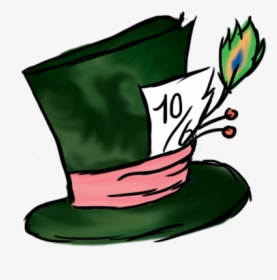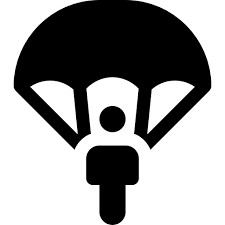The world has a lot of different standards for a lot of things, but I have never heard of a place with the default screw thread direction being opposite.
So does each language have a fun mnemonic?
Photo credit: https://3.bp.blogspot.com/-Giy8OrYJTjw/Tfm9Ne5o5hI/AAAAAAAAAB4/c7uBLwjkl9c/s1600/scan0002.jpg
We have: “Nach fest kommt ab”
The phrase “Nach fest kommt ab” is a German saying that translates to “After tight comes off” in English. It’s typically used to describe the idea that if you tighten something too much (like a screw), it will eventually break or come loose. It’s often used to remind people to not overdo things.
Yes, but that phrase does not tell you in which direction you have to turn to tighten it. So it doesn’t really answer the question?
There’s the fun police again
… nach ab kommt Arbeit
… after off work follows
I can easily imagine: “right is right left gets you / it left”
But not every language has the double meanings of right and left.
Gas valves famously use the opposite direction
I like this one more.

Definitely nothing in Arabic AFAIK.
One mnemonic is to imagine yourself opening a jar.
I use the right hand rule - ball up your fist with your thumb sticking out, and turning in the direction of your fingers curling will result in the screw going the rest your thumb points.
Right hand for right-handed threads and left hand for left-handed. If unsure, it’s most likely right-handed.
The assumption in this whole post is that it’s right-thread, since left is so uncommon.
Most common example would be a bicycle, I think - your pedals tighten on “in the same direction the wheel turns” as you look at them. So your left pedal has left-hand thread, and goes on and comes off backwards.
The effect of precession also means that you can tighten the pedals on finger tight and a good long ride will make them absolutely solid - need to bounce up and down on a spanner to loosen them.
Oh God I hate those sneaky left-thread bastards lol.
Me learning this about electromagnetism: huh, neat.
Me learning this about something I actually use in day to day life: 🤯
It’s especially helpful when you’re looking at screws (or nuts!) from the back or any other weird frame of reference.
Your door is a jar.
Is it a jar of jam or jelly?
I think it’s fairly parochial, and sounds quite infantile to me. Growing up (uk) we just used clockwise to tighten.
Have a chat with some plumbers, builders, chippies, sparkys or engineers - assuming you are not one already. I think “leftie loosey …” is well known in the UK.
It doesn’t even bloody work, lefty tighty righty loosy is every bit as valid if the spanner is at the bottom.
Apple: User - you are holding it wrong!
The spanner is always at 12 o’clock. Either turn yourself or the spanner or your point of view to make it so and then the rule holds. The last option require imagination.
Take the piss after you have tried to thread a nut on a bolt that you cannot see and tightening it is towards you, at an angle. The nut has to cross a hack sawed thread and will try to cross thread 75% of the time unless the moon is in Venus.
Not really a mnemonic in German, but I once learned how to remember of the moon was in first or third quarter by comparing the form of the crescent with the Vereinfachte Ausgangsschrift cursive letters “a” (abnehmender Mond, first quarter crescent) and “z” (zinehmender Mond, third quarter crescent). The same applies to screws watching from the top, cursive “a” is for “auf” (open) and “z” for zu (close). By reading the comments, this is somewhat the closest you get to your mnemonic.
I just have it in muscle memory to know which way soda bottle cap tightens
I remember it as right hand screw rule
I’m Norwegian. I never learned a rule in my language and always just went by instinct. Until ~3rd year of university in physics where someone told me tha the right-hand-rule applies to screws. Now I use that everywhere for screws in strange positions.
I’ve heard the right hand rule regarding magnetism and current direction (because it’s useful to illustrate correlation between vectors), but never about screws. Now that I think of it, it makes perfect sense there too, only that you have to imagine a thumb pointing down most of the time…
Can you elaborate? I googled the right hand rule, but I’m not seeing how it applies to screws.
Grab around a screw with your right hand and extend your thumb (like a thumbs up). Then rotating the screw in the direction which your fingers are pointing will result in the screw moving in the direction your thumb is pointing.
Thumbs up for lifting the screw upwards, thumbs down for screwing the screw downwards. And you can move your hand around to figure out screwing directions for any tricky spots.
Beware the left handed screws, they’re around but rare. My last encounter was inside a vacuum cleaner motor assembly.
Propane and propane accessories also use left-handed threading. It can be really weird to get used to after a lifetime of righty tighty.
This guy Hanks.
Great explanation, thanks
Well, this was a life-changing comment.
I’m indian and learns right hand screw rule in high school physics
Never heard it in Polish but we generally don’t need a mnemonic to remember which side is left and which is right (except in politics).
Gas pipes. All gas fittings are reversed threaded. So it is virtually impossible to connect one to the other.
You can cover right/left with “right is the hand you write with, and left is the one that’s left” and be good for 80%-95% of the population.
Solang das Deutsche Reich besteht, wird die Schraube rechts gedreht.
That’s a lot of extra words for lefty loosey, righty tighty.
And how are we supposed to turn screws nowadays?
Your screwdriver subscription has expired.
Please renew your subscription today!
Don’t you dare give them ideas
Wenn das der Kaiser wüsste!
I guess we’re screwed















